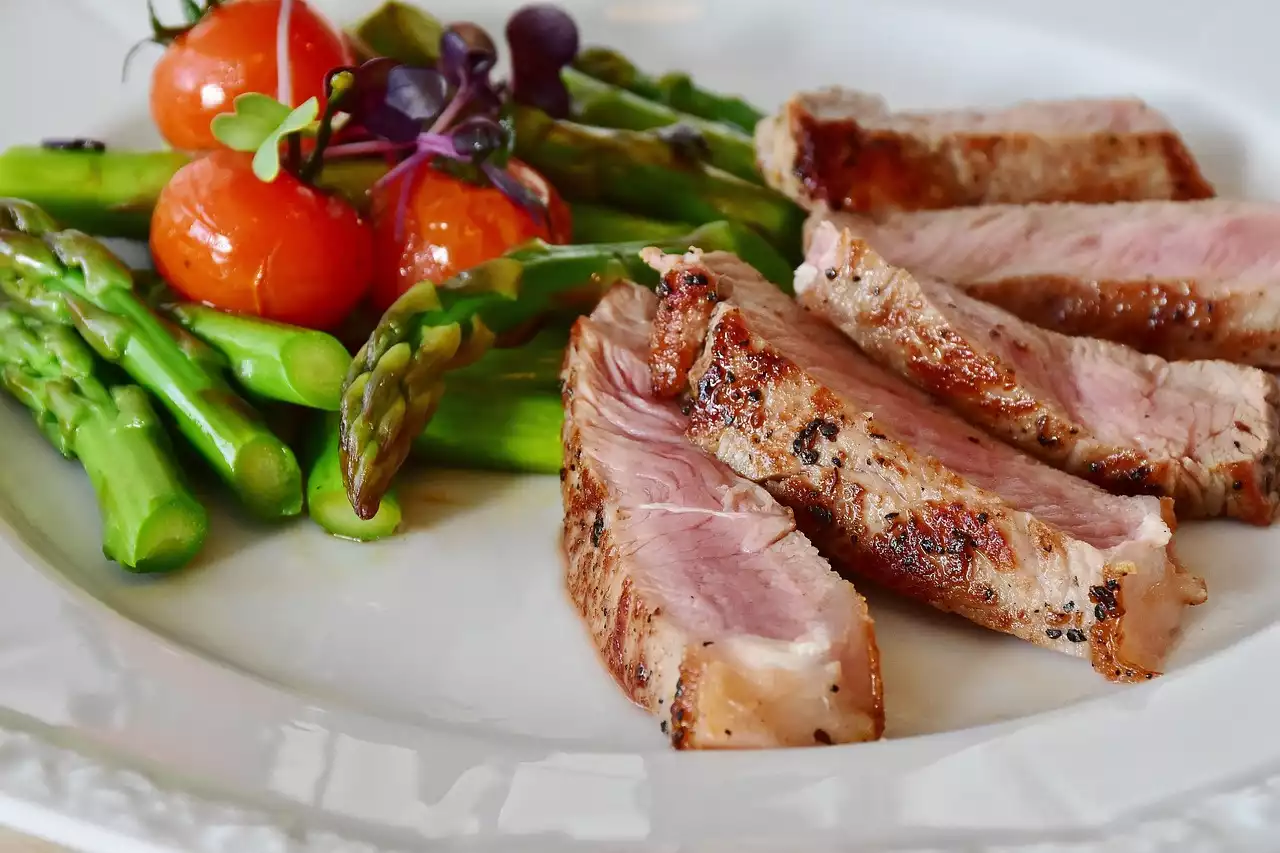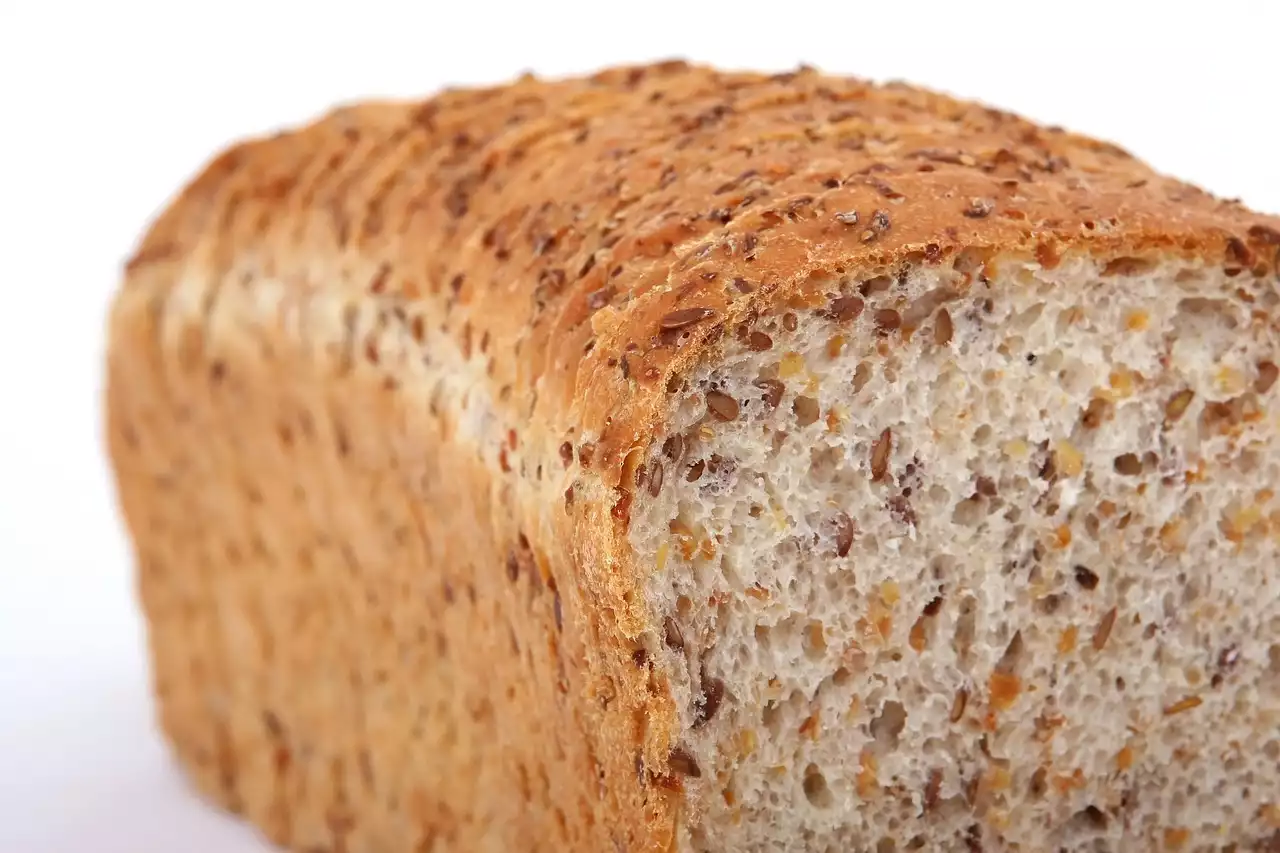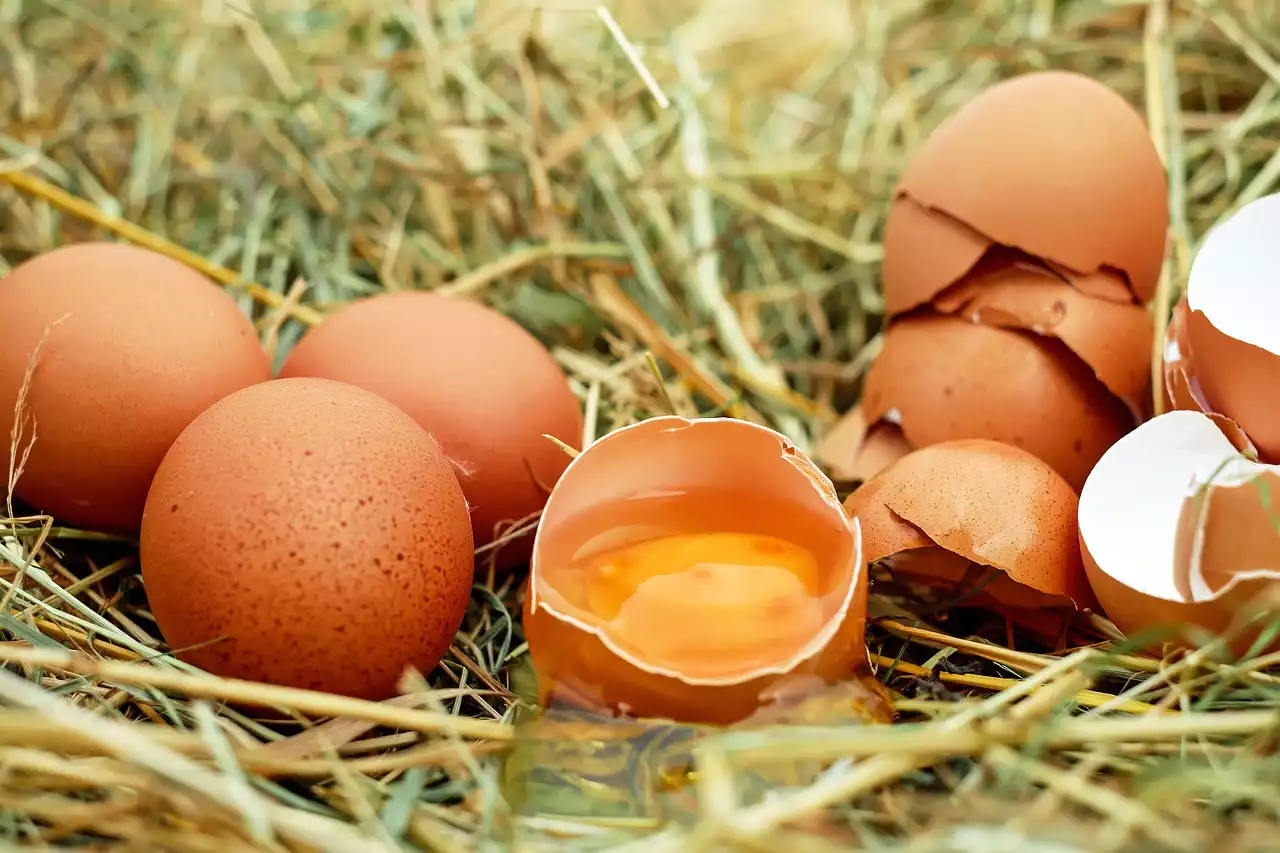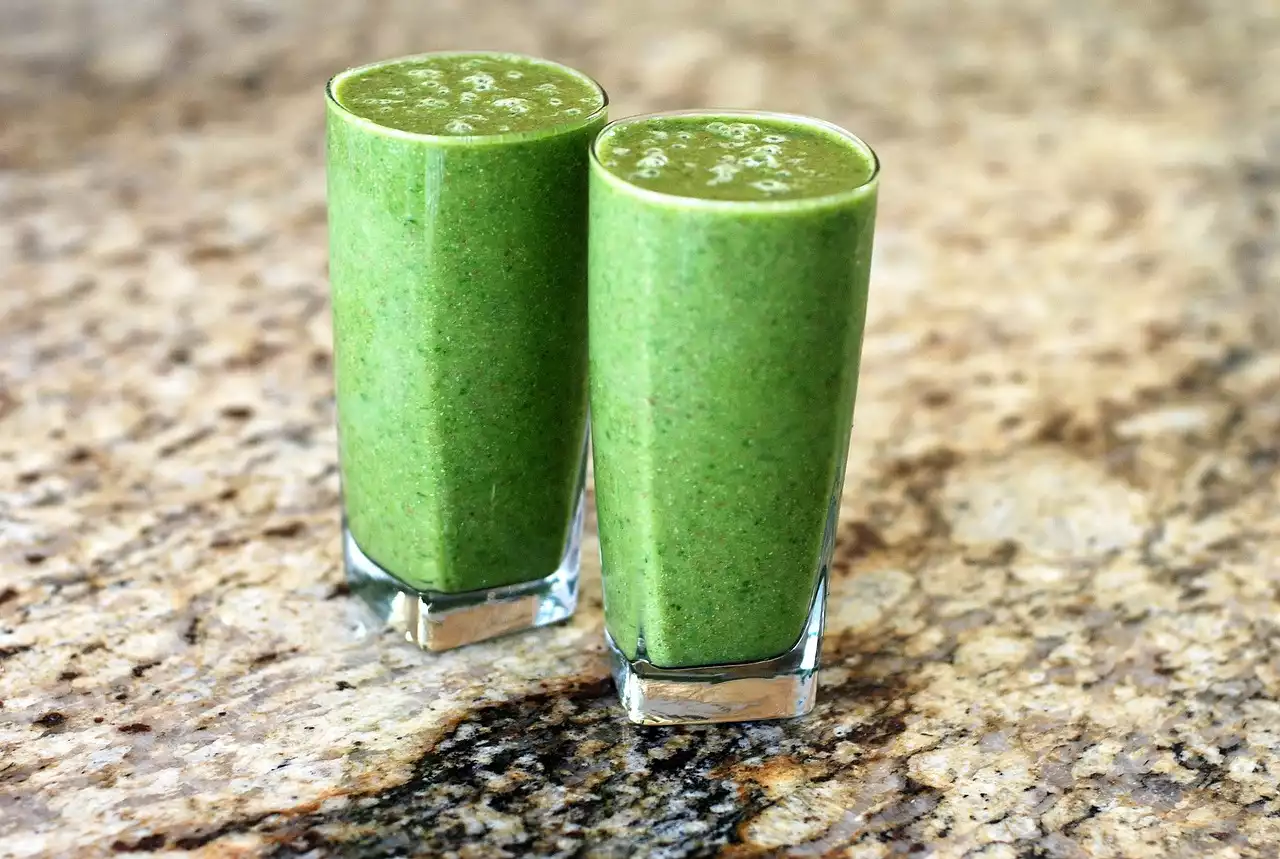Why You Need to Cut Carbs in Your Diet
Carbohydrates are one of the three macronutrients that our bodies need to function properly. However, consuming too many carbs can be harmful to your health. High-carb foods can cause a rapid increase in blood sugar levels, leading to insulin resistance, weight gain, and an increased risk of developing type 2 diabetes.
Cutting carbs from your diet can have many benefits, such as weight loss, improved blood sugar levels, and reduced inflammation. A low-carb diet can also help you feel fuller for longer periods, making it easier to stick to your diet and avoid overeating.
The Dangers of High-Carb Foods
High-carb foods can be dangerous to your health. Consuming too many carbs can lead to insulin resistance, weight gain, and an increased risk of developing type 2 diabetes. High-carb diets can also increase inflammation in the body, leading to a host of chronic diseases such as heart disease, cancer, and Alzheimer's.
Additionally, many high-carb foods are also high in calories, which can lead to weight gain and obesity. Some of the most common high-carb foods include pasta, bread, rice, potatoes, and sugary treats such as cookies, cakes, and candy.
The Benefits of Low-Carb Diets
Low-carb diets have many benefits for your health. They can help you lose weight, reduce inflammation, and improve blood sugar levels. Some studies have also shown that low-carb diets can improve brain function, reduce the risk of heart disease, and even help in the treatment of certain cancers.
Low-carb diets typically involve reducing your intake of high-carb foods and replacing them with healthy fats and proteins. By doing so, you can reduce your risk of developing chronic diseases and improve your overall health and wellbeing.
LOW CARB DIETS: 5 benefits of curbing carbs!
7 Low-Carb Alternatives to Satisfy Your Cravings
Low-Carb Snack Ideas
1. Crispy Zucchini Fries Cut zucchini into thin strips, dip them in beaten egg, and then coat them in a mixture of almond flour, parmesan cheese, and spices. Bake in the oven until crispy, and enjoy with your favorite dipping sauce.
2. Cauliflower Hummus Instead of traditional hummus made with chickpeas, try making it with cauliflower. Simply roast cauliflower until tender, then blend it in a food processor with tahini, lemon juice, garlic, and olive oil. Serve with fresh veggies for dipping.
3. Cheese Crisps Bake shredded cheese in the oven until crispy and golden brown. You can add spices or herbs to the cheese before baking to give it extra flavor. Enjoy as a snack or use as a topping for salads or soups.
Low-Carb Desserts
4. Chocolate Mousse Whip together heavy cream, cocoa powder, and your favorite low-carb sweetener until light and fluffy. Chill in the fridge for a few hours, and enjoy a guilt-free chocolate treat.
5. Berry Crumble Combine fresh or frozen berries with almond flour, coconut oil, and a low-carb sweetener. Bake in the oven until bubbly and golden brown. Enjoy warm with a dollop of whipped cream.
Low-Carb Meal Options
6. Cauliflower Crust Pizza Instead of traditional pizza crust made with flour, try making it with cauliflower. Simply grate cauliflower, mix it with egg, cheese, and spices, and bake in the oven until crispy. Top with your favorite low-carb toppings, and enjoy a delicious pizza that won't sabotage your diet.
7. Zucchini Noodle Pasta Replace traditional pasta with zucchini noodles for a low-carb alternative. Simply use a spiralizer to create thin strands of zucchini, and cook them in a pan with your favorite sauce and toppings. You'll get all the flavors of your favorite pasta dish without the high-carb noodles.
How to Make the Transition to a Low-Carb Diet
If you're new to the low-carb lifestyle, it can be challenging to know where to start. Here are a few tips to help you make the transition:
1. Start slowly: Gradually reduce your intake of high-carb foods and replace them with healthy low-carb alternatives.
2. Plan your meals: Make a meal plan for the week and stock up on low-carb ingredients.
3. Experiment with new recipes: Try out new low-carb recipes to keep your meals interesting and satisfying.
4. Stay hydrated: Drinking plenty of water can help you feel fuller and reduce cravings.
5. Seek support: Join a low-carb support group or find a friend who is also on a low-carb diet to help keep you motivated.










